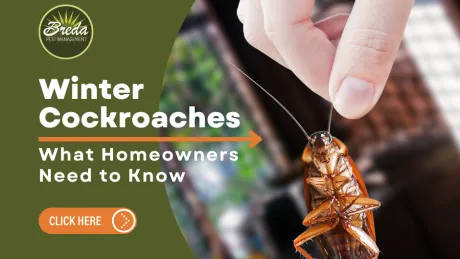Centipedes and millipedes are neither the most common nor most disgusting pests, but no one wants any type of creepy crawly loose in their home. As with other pests, the key to keeping them out of your home is understanding their behavior.
Centipedes
Centipedes are predators that prey on spiders and smaller insects. Their front two legs aren't used for walking. Instead, these legs serve as venomous "fangs" that can inject venom into prey and paralyze them. Centipedes have a very long lifespan for a bug. Centipedes can live 2-3 years and some can even live for as long as 5 years. No centipede actually has 100 legs. Centipedes always have an odd numbered pair of legs and can range from 15 pairs to 171 pairs of legs. Their usual habitat is under leaves, mulch, and bark — typical items that are found in gardens surrounding a home. They often find their way inside when they stumble upon a small crack in your home or gap under a door during their hunt for food. Centipedes cause no direct damage to furniture or other surfaces, but they can deliver a painful pinch when handled. Because centipedes are predators, seeing centipedes is usually a sign of another type of insect infestation. To get rid of centipedes, the most important step is eliminating their food supply by identifying and removing the insects they are feeding on.
Millipedes
Millipedes can be thought of as a vegetarian version of centipedes. They live in similar locations and get into your home in similar ways, but they feed on decaying plant matter instead of insects. Unless you regularly track in yard waste that isn't quickly cleaned up or have a number of poorly cared for houseplants, millipedes have little chance of surviving in a home for a long period of time. If you are handling a millipede, be careful. While they cannot bite or sting, they can emit a foul smelling liquid from their stink glands which can burn or blister human skin. After holding a millipede it is always wise to wash your hands. Beyond making sure that gaps in your home are sealed, additional pest control measures are rarely needed.
How to Tell Millipedes and Centipedes Apart
Because you probably don't want to follow them around long enough to see what they eat, the best way to identify centipedes and millipedes is by their appearance. The easiest way is by looking at their legs. Centipedes typically have long legs with one pair of legs per body segment while millipedes have short legs with two to four pairs of legs per body segment. On a centipede, the last pair of legs extends backward, while a millipede's are in line with its other legs. If the bug is able to quickly run away from you when you try to identify it, it's probably a centipede because they've evolved to run fast enough to catch their prey. If you want to rid your home of centipedes or millipedes, call the pest control experts at Breda Pest Management today.



